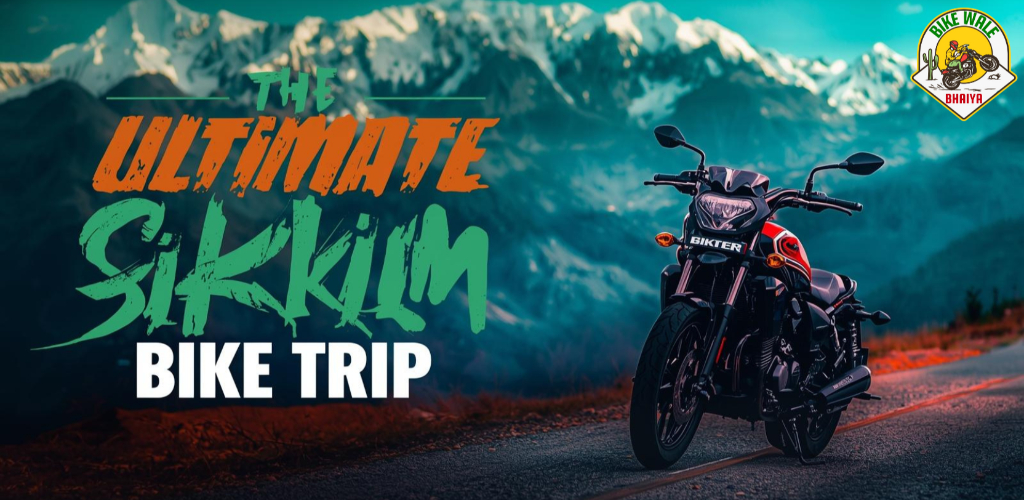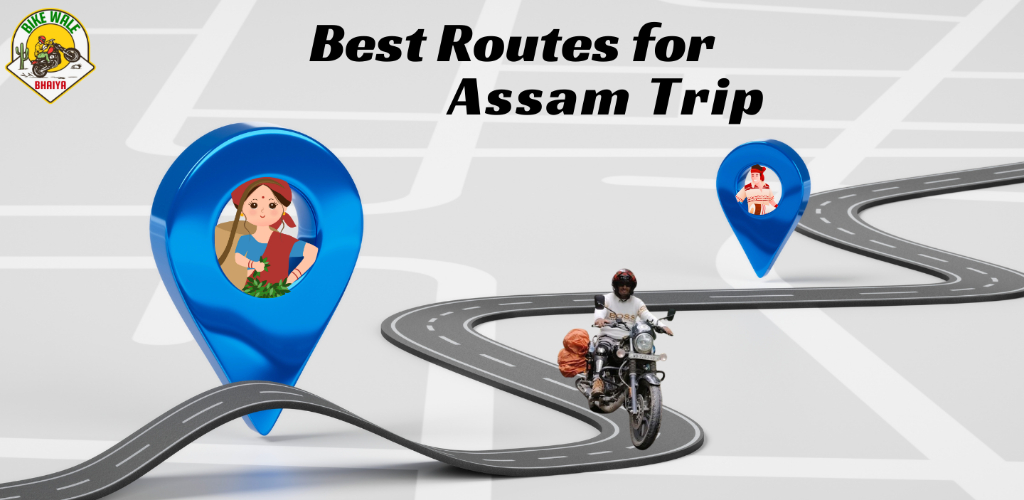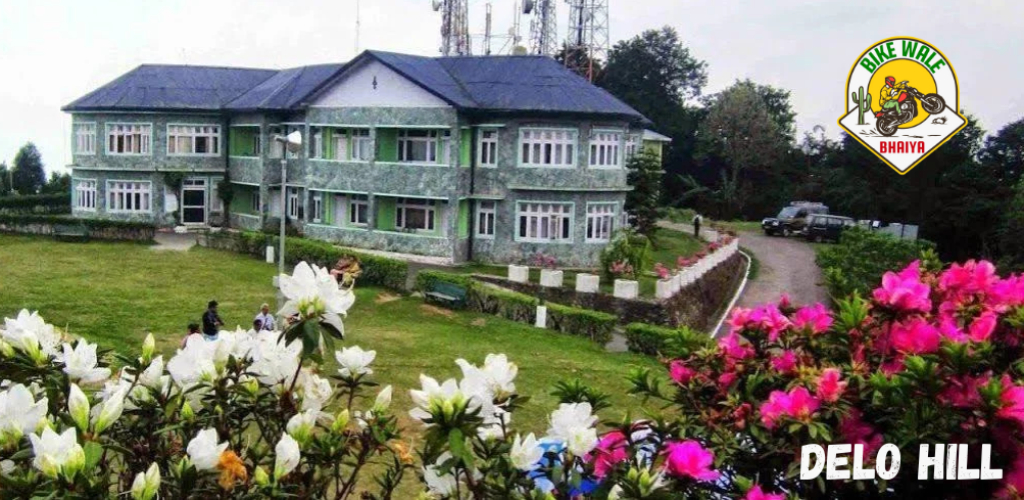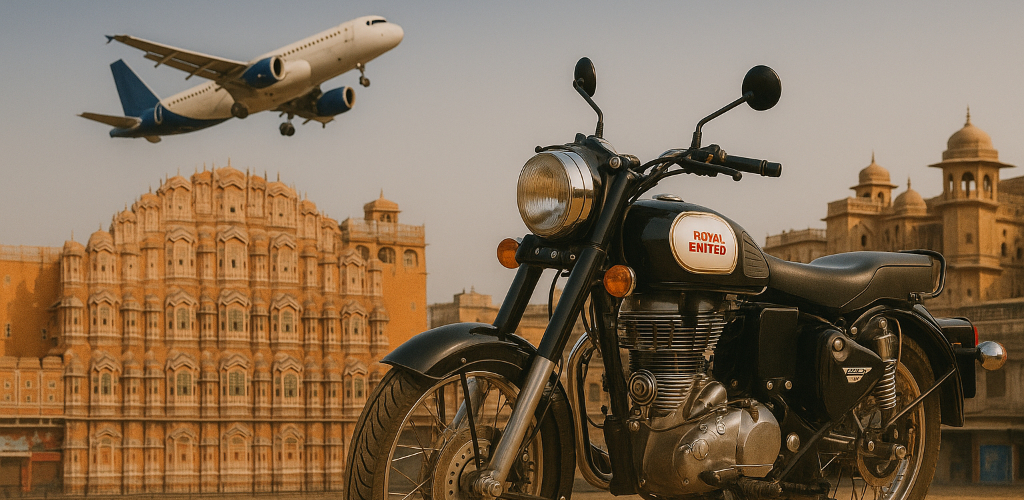
Sikkim, the land of serene monasteries, vibrant prayer flags, and the
towering Kanchenjunga, is a paradise for adventurers. While a car offers
comfort and safety, for many tourists, especially those seeking an authentic
Himalayan experience, a bike is the undisputed king of the hill roads. The
popularity of bike rentals and self-driven two-wheeler tours over cars in
Sikkim isn't a mere trend; it's a testament to the unique advantages a bike
offers on this challenging terrain.
Here’s why the call of the two-wheeler is so much stronger than the comfort
of a car in the lap of the Eastern Himalayas:
The most significant draw of a bike over a car is the sheer sensory
immersion. Sitting inside a car, you are a spectator; on a bike, you are a
participant.
·
Feel the Elements: Bikers feel the crisp
mountain air, the great smells of the rhododendron sanctuaries, the sudden
chill of a mountain pass, and the mist of a waterfall. This raw, unfiltered
connection with the environment is a core part of the Himalayan adventure.
·
360-Degree Views: With no roof or window
frame, the panoramic view is uninterrupted. Every curve, monastery, and river
crossing offers a new story, and you can soak it all in immediately. The
winding, zigzag roads, like the famous Old Silk Route, are best appreciated
from the open saddle of a motorcycle.
·
The Spirit of Adventure: A bike trip
aligns with the very spirit of adventure travel—less comfort for more
experience. It’s about conquering challenging roads and embracing the
unpredictability of the mountains, something that the enclosed, relaxed setting
of a car can dampen.
Sikkim's roads are notoriously narrow, winding, and often subject to
challenging conditions due to landslides, construction, or snow. This is where
a bike's inherent design gives it a distinct advantage.
·
Handling the Curves: The steep inclines,
sharp turns, and switchbacks require precise handling. Bikes, especially
powerful adventure models like the Royal Enfield Himalayan (a popular choice),
offer superior maneuverability. They can "cut a corner" on curvy,
edgy roads and manage tight spots with a nimbleness a car simply cannot match.
·
Navigating Congestion and Bad Patches:
When a car has to slow down or even stop to allow an oncoming vehicle to pass
on a narrow valley road, a bike can often find a way through. On broken or
rocky road sections (a common sight in the higher reaches of North Sikkim), the
narrow profile of a bike makes it easier to navigate around obstacles and
potholes.
·
Easier Stops and Parking: Bikers have the
autonomy to stop virtually anywhere safely to take a photo or simply "bask
in the glory of the Himalayas," without the hassle of finding a large
parking spot or causing a road block.
For a solo traveler or a couple, a bike trip often proves to be a more
financially and logistically sound choice.
·
Lower Operating Costs: Bikes are
significantly more fuel-efficient than cars on hill roads, where fuel
consumption for cars is generally high due to steep climbs. Maintenance and
servicing costs are also generally lower.
·
Permit and Local Access: While special
permits are required for restricted areas like North and East Sikkim (e.g.,
Nathula Pass, Yumthang Valley) for both cars and bikes, the process for a
two-wheeler is often more straightforward for individual travelers planning a
self-drive adventure.
For the modern tourist who values freedom, personal challenge, and an
intimate connection with the destination, choosing a bike over a car on
Sikkim’s stunning, yet challenging, hill roads is the obvious choice. It
transforms a mere sightseeing trip into an unforgettable journey of
self-discovery.




